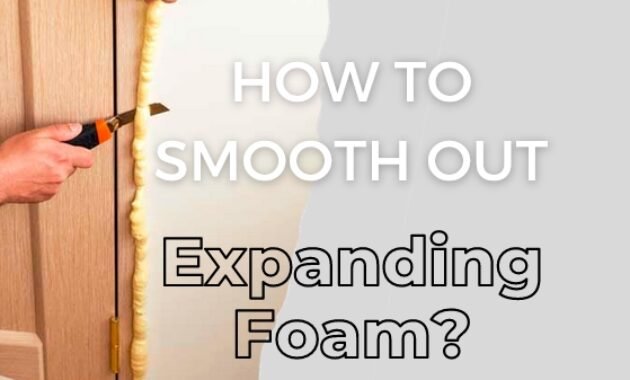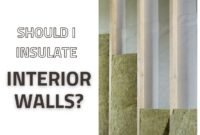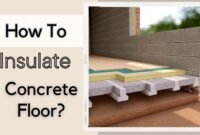Why should you know (or even learn) how to smooth out expanding foam for your insulation? The expanding foam is often considered an effective way (and also a fast one) to fill an unwanted gap. The application is pretty simple, but removing it (once it has expanded) is tough.
Before you learn how to apply the expanding foam, you must understand the characteristics and the proper operation.
Understand the Expanding Foam Concept
As the name suggests, a (spray) foam insulation is designed to expand to cover a certain surface area, effectively filling out a cavity or a gap.
Don’t be fooled by the name ‘foam’ as the substance will harden after being applied.
The spray foam is handy for basic insulation, but the final finish may not be overly aesthetic, especially when not treated properly. You need to spray the product, let it expand, and it will set hard. So, why is it bumpy?

The foam creates the bumps, which move into small crevices and expand to fill gaps. While this is normal, many prefer a smooth finish for aesthetic reasons and to facilitate painting. A smooth surface is particularly important when using oil-based or water-based paints, as it ensures a more even application and finish.
Read also: Is Expanding Foam Waterproof?
Best Tool for Cutting Expanding Foam
For those familiar with this application, the best (and most effective) to cut the foam would be the (flexible) scraper blade. It’s considered a multi-tool accessory that can be used for many applications and usages.
It doesn’t produce dust at all, meaning that you can expect a safer and healthier application.
Remember that you shouldn’t do it yourself if you have zero knowledge about the proper application. Let’s not forget we are dealing with sharp tools and tough surfaces. You should hire a professional service if you have never done this before. Let them do the work.
Can You Sand Spray Foam Smooth?
The texture of expanding foam can be somewhat bumpy and rough once installed and applied. Sanding the texture down is a common solution. By gently sanding the surface, you can achieve a smoother finish that’s easier to work with, especially when applying oil-based or water-based paints.
However, it’s imperative that you wear the necessary safety gear when doing the sanding. Wear solid protective eyewear and the right sandpaper to smooth out the surface. This way, you won’t have to remove any foam, especially the one below the (surface) level.
Read also: Can You Paint Spray Foam Insulation?
How to Smooth out Expanding Foam
There are some useful expanding foam tips that you can perform if you want to ensure a smooth finish.
- When you spray the foam, do it slowly. Wait until the foam expands. Wait until the foam stops expanding and hardens.
- You can use a knife to carve or cut into the foam. Some people say that a serrated knife is better. If you want a safer application, go with the sandpaper.
- Always wear protective and safety gear when applying the foam or cutting it. Don’t take it for granted.
- Hire a pro if this is your first time. Don’t do it yourself if you have zero knowledge or experience with the procedure.
Read also: How to Remove Foam Insulation From Hands
Final Words
Expanding foam can be quite effective in insulating your house. However, one of its flaws is the uneven surface. There are some possible methods to smooth out the bumpy texture. But the most important thing about smoothing out expanding foam is to do it safely and properly to minimize the possible risks.
Remember, choosing the right type of paint is crucial when preparing to paint over expanding foam. Oil-based paints are often recommended for their durability and smooth finish on foam surfaces.
However, if you prefer a quicker drying option, water-based paints can also be used effectively. The key is ensuring the foam surface is completely smooth and dust-free for the best paint adherence.


